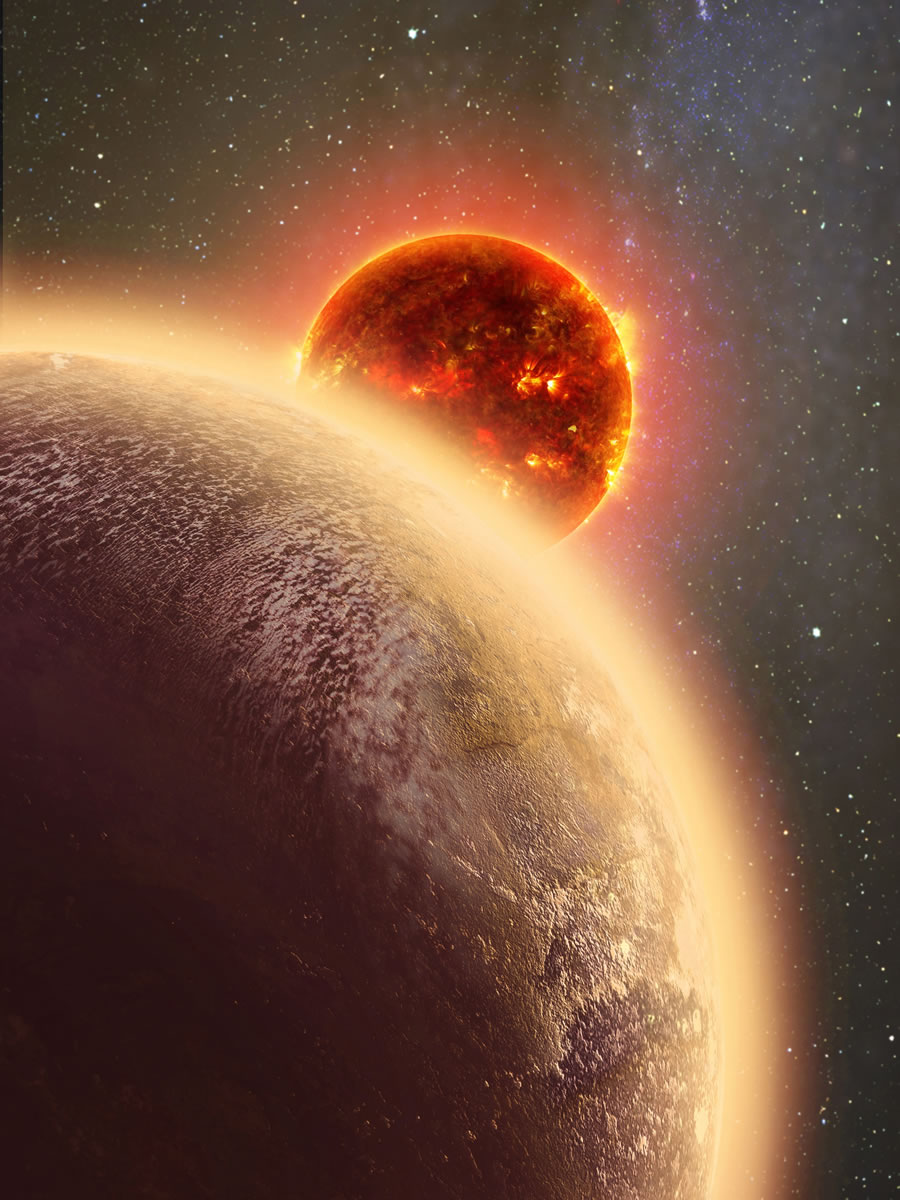CAPE CANAVERAL, Fla. — There’s a new rocky Earth-size planet on our galactic block, and it’s a sizzler.
Astrophysicists last week revealed the newfound world, GJ 1132b, named after the small nearby star that it orbits.
Even though the mercury can hit 450 degrees at this planet, it’s cool enough to have a thick Venus-like atmosphere. Lucky for scientists, it’s close enough to find out.
Planet GJ 1132b is just 39 light-years away, within the atmospheric study range of the Hubble Space Telescope. Given that a single light-year represents 5.87 trillion miles — the distance light can travel in a year — this planet is about 230 trillion miles away.
A team led by Massachusetts Institute of Technology’s Zachory Berta-Thompson discovered the planet in May, using telescopes in Chile. He and his colleagues reported their findings in the journal Nature.
While the scientists say the planet is too hot for life, it’s still much cooler than the rocky fireballs known to orbit stars beyond our solar system. The official term for a planet outside our solar system is exoplanet.
“If we find this pretty hot planet has managed to hang onto its atmosphere over the billions of years it’s been around, that bodes well for the long-term goal of studying cooler planets that could have life,” Berta-Thompson said in a statement.
Berta-Thompson and the others estimate that GJ 1132b has a diameter of about 9,200 miles, slightly bigger than Earth. Its mass, however, is thought to be 60 percent greater than Earth’s.
Its home star — GJ 1132 — is a red dwarf one-fifth the size of our sun. The planet circles every 1.6 days from just 1.4 million miles out, thus the heat wave. A slight dip in the starlight every 1.6 days was the giveaway for the observing team.
“Our ultimate goal is to find a twin Earth,” said astronomer David Charbonneau of the Harvard-Smithsonian Center for Astrophysics, one of the authors, “but along the way we’ve found a twin Venus.”



